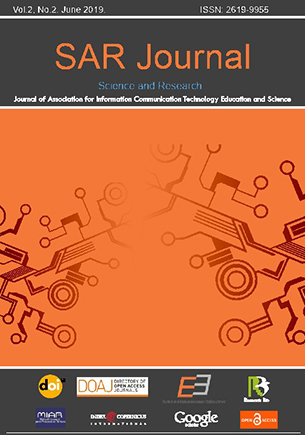The Dominance of Public Law (Heteronomous Rules) on Private Law (Autonomous Rules)in Company Regulations (CR) and Collective Labor Agreements (CLA) as a Means of Realizing the Objectives of Industrial Relations
The Dominance of Public Law (Heteronomous Rules) on Private Law (Autonomous Rules)in Company Regulations (CR) and Collective Labor Agreements (CLA) as a Means of Realizing the Objectives of Industrial Relations
Author(s): Ahmad Hunaeni ZulkarnaenSubject(s): Public Law
Published by: UIKTEN - Association for Information Communication Technology Education and Science
Keywords: Public law; CR; CLA and industrial relations
Summary/Abstract: The purpose of this article is to analyze the dominance of public law on private law in company regulations and collective labor agreements. The method used in this article is a research library with a normative juridical approach. The conclusion of this article is that private law gives freedom to the parties to settle their work relations based on the legal provisions that they hold themselves and are conditionally micro. Micro in a sense is only regulated for certain companies individually. Conditional arrangements are adjusted to the conditions or capabilities of the company concerned. But the right of obligation which was originally a group of private law (autonomous law rules) that is not a priori force, then agreed by the parties and stated in writing in the CR and CLA the legal consequences of the rights and obligations originally included in the a priori private legal group will not force shifted into the category of public law (Heteronomy) which is a priori force.
Journal: SAR Journal - Science and Research
- Issue Year: 2/2019
- Issue No: 2
- Page Range: 77-83
- Page Count: 7
- Language: English

